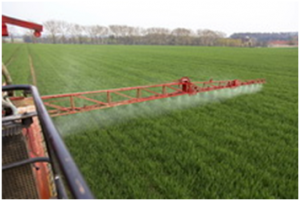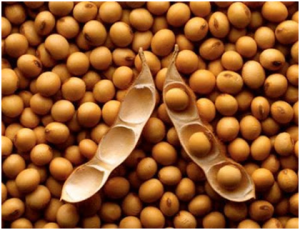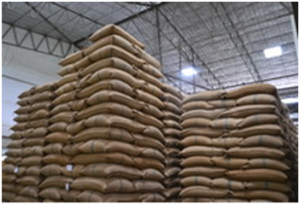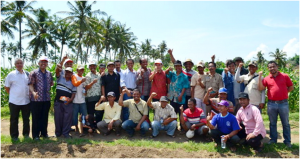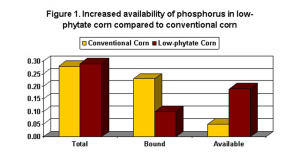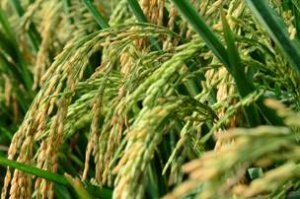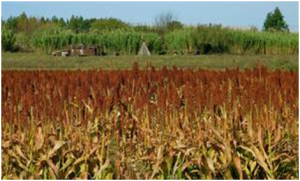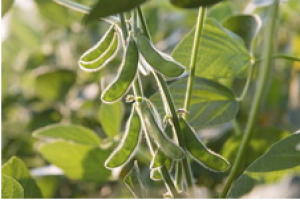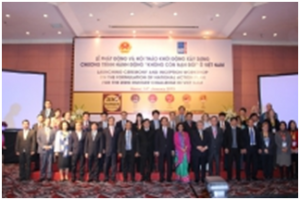|
Is the global rice market headed for a repeat of the 2007-08 rice price crisis?
Tuesday, 2016/03/08 | 07:51:48
|
|
Samarendu Mohanty | IRRI Mar 3, 2016
Figure: A Filipino woman collects subsidized rice at a market in Quezon City, Manila. High prices have hit the urban poor, many of whom spend a large proportion of their income on rice alone. (Photo: IRRI)
The 2007-08 rice price spike seems to have taken place ages ago considering the calmness in the rice market in the past few years despite El Niño and other weather-related scares. Rice prices in the international market have stabilized in the past few months after a steady decline prior to mid-2014 (Fig. 1, below). There has been some support for rice prices in the past few months because of weather scares such as drought in India, Indonesia, Thailand, and the Philippines, but this has not been enough to turn things around.
Despite the current stability in the rice market, there are reasons for concern about the medium-term (mid- to late-2016) direction of the market. The rice stocks of five major exporters (India, Thailand, Vietnam, Pakistan, and the United States) continue to slide since peaking at nearly 41 million tons in 2013 (Fig. 2, below). The biggest drawdown of stocks in these countries is underway this year, with a 40% drop from 2015, to reach 19 million tons by late 2016, according to USDA
The majority of the 13 million tons drop in total inventory will come from the top two exporters, India and Thailand. To put things in perspective, the combined stocks of India and Thailand are projected to be around 16 million tons by the third quarter of 2016—around 70% lower than in 2013. With Thai rice stocks dropping to 5 million tons by late 2016, the buffer that the Thai mortgage stocks provided to the market in the past two years will be almost gone by the end of this year.
But, more significantly, India’s deteriorating grain situation is particularly worrisome to the market. In 2013, India exported 24 million tons of grains: 10.5 million tons of rice and 13.5 million tons of wheat and corn combined. In 2016, the combined exports of wheat and corn are projected to drop to 1.5 million tons because of weather-related supply problems. Some even predict that India will be a net importer of wheat and corn in 2016. The rice situation is not as bad as that of corn and wheat, but Indian rice exports are also expected to drop this year. The procurement stock as of 1 February 2016 was close to 29 million tons (milled rice equivalent), according to information available on the Food Corporation of India website (Fig. 3, below). The rice stock is not as much as it was three years ago but it seems to be at an acceptable level.
The problem for rice is likely to come from wheat, with an expected lower harvest in April and possible upward swing in the wheat price, which might drag rice prices upward, thus creating anxiety among policymakers. Ultimately, the 2016 wet-season rice crop, which accounts for nearly 90% of the total crop, will ultimately decide whether or not the government decides to restrict the flow of rice out of the country to stabilize domestic prices.
|
|
|
|
[ Other News ]___________________________________________________
|


 Curently online :
Curently online :
 Total visitors :
Total visitors :
(24).png)




